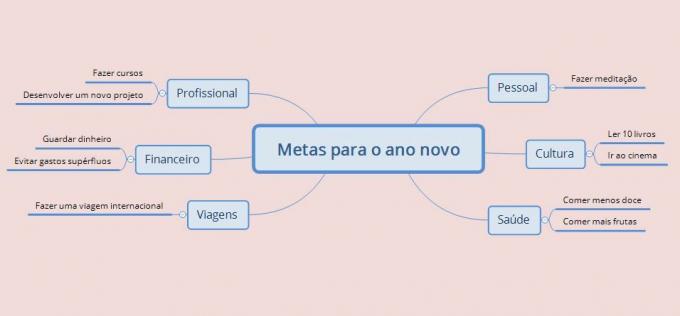(EF06MA25) Recognize the size of an angle as a magnitude associated with geometric figures.
(EF06MA26) Solve problems involving the notion of angle in different contexts and in real situations, such as angle of view.
(EF06MA27) Determine angle opening measures, using a protractor and/or digital technologies.
Begin class by introducing the concept of angle and its importance in mathematics and everyday life.
Show examples of objects that have angles, such as clocks, bicycles, and buildings.
The teacher should introduce the units of measurement for angles. If necessary, make a parallel with other units of measurement, explaining the importance of having a standard for measurements.
After introducing the concept of degrees, introduce the protractor tool and its usefulness for measuring angles.
If the teacher has a protractor for use on the board, he can demonstrate its use to the students.
Afterwards, explain to the students that angles are classified as: straight, acute and obtuse.
Activity
Using a compass and paper, students will draw an arc of a circle. The teacher should explain that the compass point will be the vertex of the angle formed.
Using a ruler, students will draw rays or segments that connect the vertex to the endpoints of the arc.
Using the protractor, students will measure the angles they have drawn.
It is important to support students during the activity and make sure the measurements are correct.
To establish and practice the content, the teacher will distribute exercises on measuring, identifying and classifying angles.
ASTH, Rafael. Mathematics lesson plan: angles (6th grade).All Matter, [n.d.]. Available in: https://www.todamateria.com.br/plano-de-aula-de-matematica-angulos-6-ano/. Access at:

